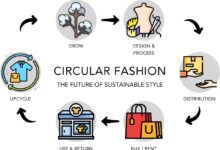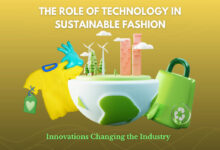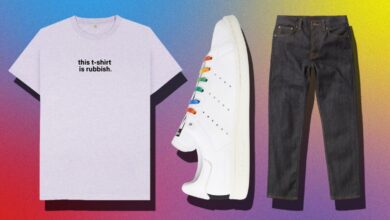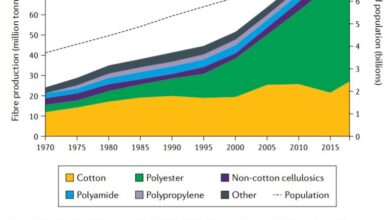Sustainable Fashion Trends: A Greener Wardrobe

Welcome to Chokerclub‘s guide to Sustainable Fashion Trends. In a world increasingly concerned about environmental impact, sustainable fashion has emerged as a powerful movement towards greener practices in the industry. This article explores the latest trends and practices shaping the future of sustainable fashion, offering insights into ethical and fair trade practices, innovative eco-friendly fabrics, circular fashion, slow fashion, and the benefits of secondhand and upcycled fashion. Discover how you can embrace sustainable fashion and make a positive impact on the environment while still staying stylish and fashionable.
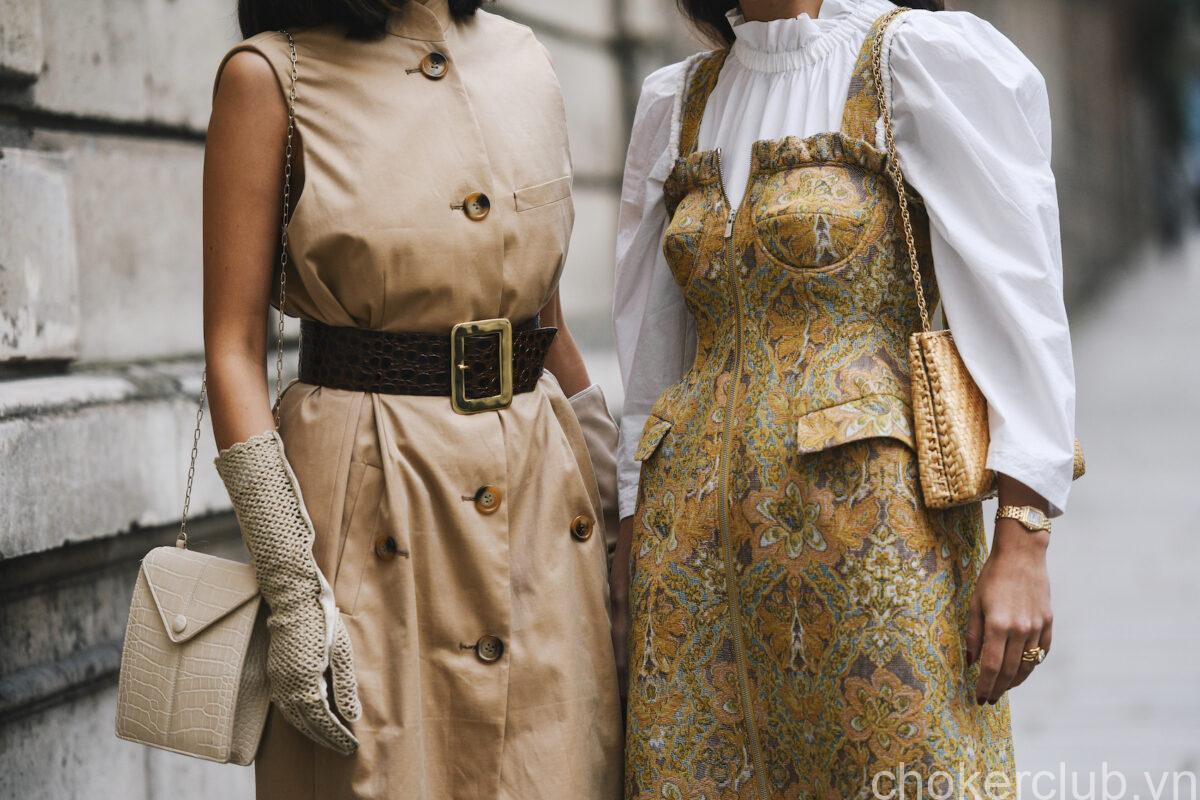
| Sustainable Fashion Trends | Description |
|---|---|
| Ethical and Fair Trade Fashion | Exploring the rise of ethical and fair trade practices in the fashion industry. |
| Innovative Fabrics | Showcasing pioneering sustainable materials and fabrics. |
| Circular Fashion | Embracing a zero-waste approach with circular fashion practices. |
| Slow Fashion | Highlighting the importance of quality over quantity in fashion. |
| Secondhand and Upcycled Fashion | Promoting sustainable practices through the use of secondhand and upcycled fashion. |
I. Sustainable Fashion Trends: A Path Towards a Greener Wardrobe
One of the most significant sustainable fashion trends is the rise of ethical and fair trade practices in the industry. Consumers are becoming more conscious of where their clothes come from and how they are produced. Ethical fashion ensures that workers involved in the production processes are treated fairly, with safe working conditions and fair wages.
In addition to fair treatment of workers, ethical fashion also focuses on environmental sustainability by reducing harmful impacts throughout the supply chain. This includes using eco-friendly materials, minimizing waste, and employing sustainable manufacturing processes.
II. The Rise of Ethical and Fair Trade Fashion
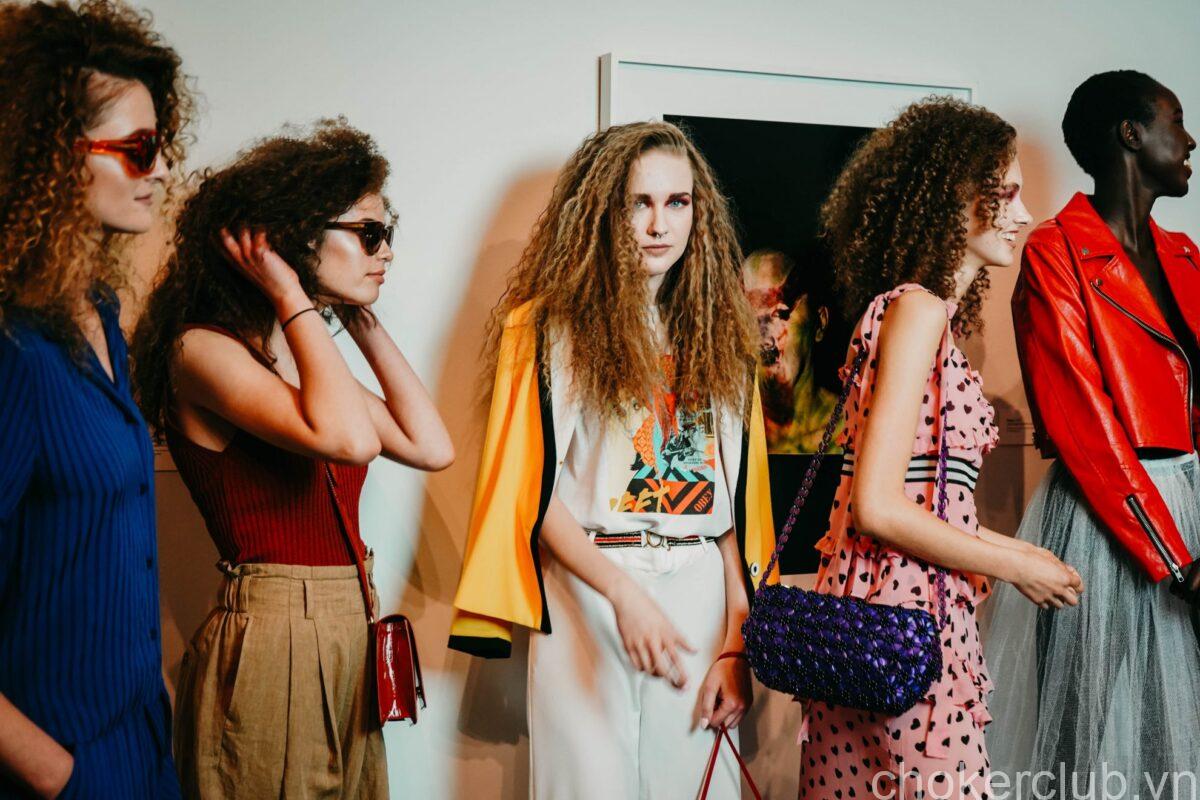
The rise of ethical and fair trade fashion can be attributed to a shift in consumer mindset. More and more people are now prioritizing their values when making fashion choices, opting for brands that align with their ethical beliefs. Consumers are becoming increasingly aware of the social and environmental impact of the fashion industry, and they are demanding greater transparency and responsibility from fashion brands.
- This change in mindset is evident in the growing popularity of sustainable fashion events and initiatives, such as the Fashion Revolution Week, which aims to promote transparency in the supply chain.
- Consumers now understand that their choices have the power to influence industry practices, and they are using their purchasing power to support brands that champion ethical and fair trade practices.
III. Innovative Fabrics: Pioneering Sustainable Materials
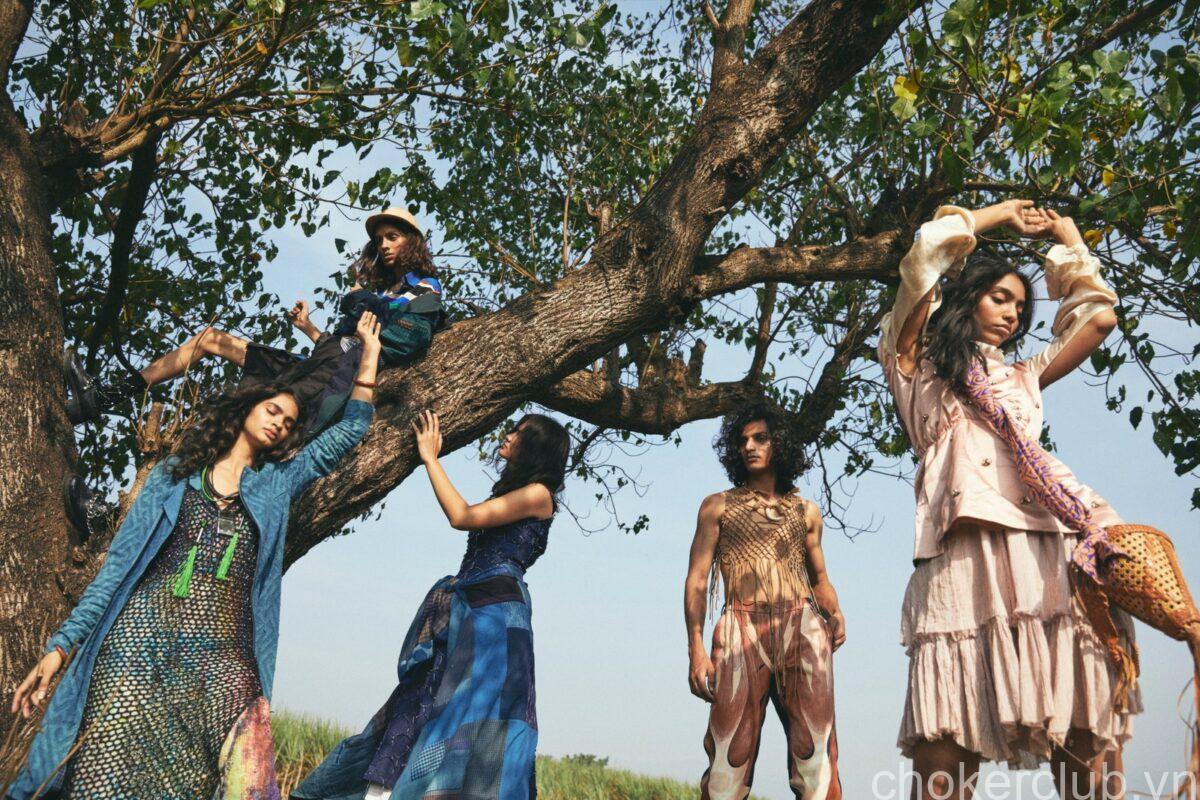
| Fabric Type | Advantages |
|---|---|
| Natural Fibers |
|
| Recycled Fabrics |
|
| Innovative Plant-Based Fabrics |
|
| High-Tech Sustainable Fabrics |
|
By staying informed about these innovative fabrics, you can make conscious choices when it comes to your wardrobe. Remember that sustainable fashion is not just a passing trend, but a long-term commitment towards a greener future.
IV. Circular Fashion: Embracing a Zero-Waste Approach

One of the key principles of circular fashion is to minimize waste throughout the entire lifecycle of a garment. This starts with the design process, where designers incorporate strategies to maximize material efficiency. By using pattern cutting techniques that minimize fabric waste, such as zero-waste pattern making or modular design, fashion brands can significantly reduce their environmental footprint.
Did You Know?
Zero-waste pattern making aims to utilize the entire fabric without any scraps or leftover pieces, reducing waste to its absolute minimum.
Another approach in circular fashion design is creating garments with interchangeable components or modular elements. This concept allows users to mix and match different pieces to create various outfits, extending the lifespan of individual garments and reducing the need for constant purchases.
V. The Power of Slow Fashion: Quality over Quantity
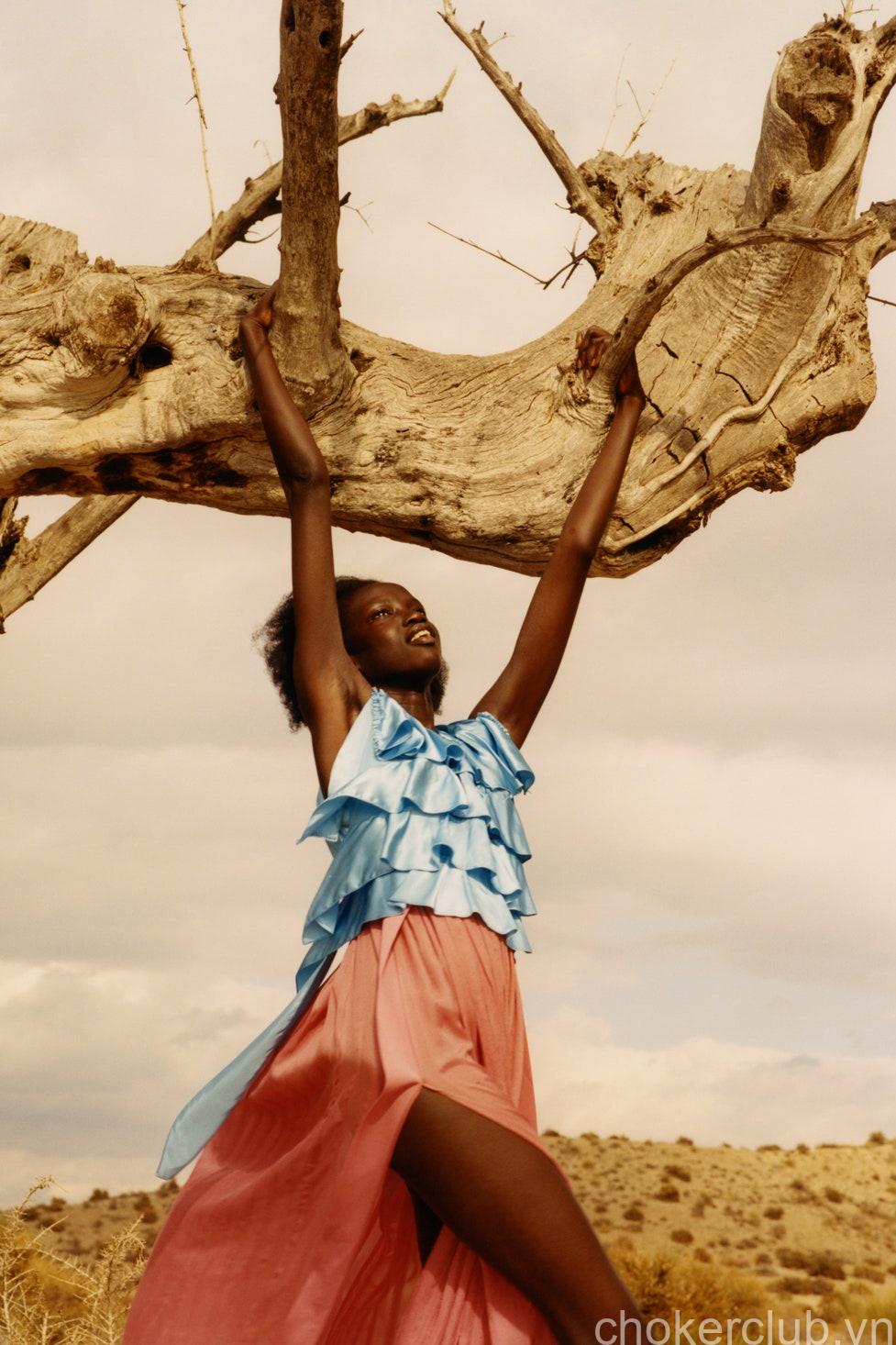
Slow fashion emphasizes the importance of investing in high-quality, durable clothing that will stand the test of time. By focusing on quality over quantity, individuals can build a wardrobe filled with timeless pieces that never go out of style. When you invest in well-made garments, not only do they last longer, but they often have better craftsmanship and attention to detail.
- High-quality materials: Slow fashion favors fabrics like organic cotton and ethically sourced wool, which are known for their durability and sustainability.
- Better construction: Quality pieces are often made with superior stitching techniques and careful attention to detail, resulting in clothing that holds up through countless wears and washes.
- Timeless designs: Slow fashion tends to prioritize classic styles that transcend trends. These timeless designs ensure your clothes remain relevant season after season.
In contrast to fast fashion’s disposable mentality towards clothing, slow fashion encourages consumers to develop a deeper connection with their belongings by valuing them as long-term investments. This approach not only reduces waste but also promotes a more sustainable way of consuming fashion.
VI. Secondhand and Upcycled Fashion: Reducing Waste and Supporting Local Economies

Shopping for secondhand fashion not only helps reduce waste but also offers numerous benefits. First and foremost, it allows you to find unique pieces and stand out from the crowd. Unlike mass-produced clothing, secondhand items often have character and a story behind them. Additionally, purchasing secondhand items is typically more affordable, making it an excellent option for budget-conscious fashion enthusiasts.
Furthermore, shopping secondhand promotes circular fashion, as it extends the lifespan of clothing and prevents it from ending up in landfills. By giving pre-loved garments a new home, you contribute to the reduction of textile waste and the overall environmental impact of the fashion industry. Embracing secondhand fashion also provides an opportunity to support local thrift stores, consignment boutiques, and online platforms, fostering sustainable practices and boosting local economies.
VII. Conclusion
Sustainable fashion trends are not just a passing fad but a necessary step towards creating a greener and more ethical fashion industry. By embracing ethical and fair trade practices, using innovative eco-friendly fabrics, adopting circular fashion approaches, prioritizing quality over quantity through slow fashion, and supporting secondhand and upcycled fashion, individuals can make conscious choices that positively impact the environment and local economies.

